
April 13, 2025: Theatre Yesterday and Today, by Ron Fassler
Smile, a beauty pageant musical that opened on Broadway in 1986, marked Marvin Hamlisch’s attempt at a triple crown. At the time, A Chorus Line, for which he composed the music, was still ensconced at the Shubert Theatre. It had been playing there eleven years having, in its eighth year, broken the record as the longest running Broadway show of all time. Hamlisch’s second musical, They’re Playing Our Song, had ended five years earlier after a successful two-and-a-half-year run. With three Academy Awards, the Tony, and a Pulitzer Prize on his shelf, the late composer was a top-tier talent in all mediums. For Smile, he chose as his collaborator Howard Ashman, hot off the off Broadway smash Little Shop of Horrors which, like Smile, he had directed and written book and lyrics. Ashman had yet to conceive with Alan Menken, his Little Shop partner, the iconic Disney features Little Mermaid, Beauty and the Beast, and Aladdin, that would secure their place as international treasures. All preamble to set up just how painful Smile’s failure on Broadway was for such gifted men as Hamlisch and Ashman.
When Smile’s producers agreed to have CBS’s 60 Minutes cover its progression as early on as its backer’s auditions, to out-of-town tryouts and on to opening night, it was in the hopes it would chart a success story. Instead, it chronicled a flop which disheartened everyone involved to such a degree that no original cast recording was made to preserve what is commonly agreed is a delightful score. Smile’s big trouble is its book, which had a difficult time reconciling with the 1975 film version upon which it was based. An unsettling satire and spoof, instead its version for Broadway settled for being just another in a long line of increasingly old-fashioned musicals lacking the necessary snap and bite to stand out from the crowd. When you think of the way The 25th Annual Putnam County Spelling Bee would later deftly balance a similar contestant-based, young person cast of oddball characters, you can see where Smile clearly needed to go. Ultimately the sentimentality and consequences of being neither here nor there is what ultimately sunk it, closing as it did after 48 performances and the loss of its entire $4 million investment. As Hamlisch told Diane Sawyer in the 60 Minutes piece, “This show sings! This is a musical. This is begging to be a musical. If we don’t do it right, we made a mistake.”

Yet in spite of its swift closing on Broadway, such intelligent theatre historians as Ethan Mordden and Ken Mandelbaum, both of whom saw the original, have honored in print Smile’s noble attempt. Though acknowledging it as “a failure,” Mordden called it a “consistently entertaining and intelligent piece,” while Mandelbaum dubbed it, “perhaps the most unappreciated musical of the eighties.”
Honestly, it shouldn’t come as a surprise that Hamlisch wrote some lovely tunes with Ashman supplying funny and clever lyrics. Smile’s best-known song, “Disneyland,” written for one of its contestants, has been showcased in many a cabaret in the last forty years for good reason. It’s as perfect a depiction of an “I Want” song as Audrey’s “Somewhere That's Green” in Little Shop. Ashman would of course go on to other prime examples of the form as The Little Mermaid’s “Part of Your World” and “Belle” from Beauty and the Beast. Throughout the score to Smile you get the unadulterated pleasure of encountering Ashman’s wit like this line from the Act One closer, “Until Tomorrow Night”:
I’m so strung out, I’m so done in,
I hope it won't affect my skin.”

These are some of the many reasons that caused me to leap at the opportunity to see the seldom produced Smile the minute it was announced by New York City’s J2 Spotlight Musical Theatre Company. Dedicated to showcasing obscure Broadway shows that deserve closer scrutiny, their 5th anniversary roster will also boast short runs over the next month of 1968’s Zorba and 1965’s Drat! The Cat! By now I have seen a good many of their shows, frequently marveling at the consistent high level at which they present major work with minor budgets. Under the skill and vision of Artistic Director Rob W. Schneider (who confidently directs Smile) and its Executive Producer and Co-Founder Jim Jimirro, this pair have become essential to the high quality and lively life that define the best of what off Broadway has to offer.
Interestingly, the original version of Smile that was seen on Broadway is no longer available for licensing. Over the years, the work that Ashman and Hamlisch put into tightening and focusing its story and omitting and replacing some songs, is now the only one available. So, for archival purposes, JR2’s Smile will be as close as anyone is ever going to get.
Smile’s story concerns the fictitious teenage Young American Miss beauty pageant’s regional finals in Santa Rosa, California. The year is 1985 and twelve contestants (down from sixteen in the original production) vie for the crown. Two who prove competitive are paid particular attention: Doria (played with youthful optimism and a strong voice by Sophie Stromberg) and Robin (beautifully sung and acted by Bridget Delaney). Adult supervisors are on hand, the married couple of Big Bob Freelander (a stoic Christopher deProphetis) and Brenda (a reliable Lauren Weinberg), who are unfortunately drawn too blandly to make much of an impression, which is one of the book’s most obvious flaws. Even though the stakes for all involved are written as high, they end up too low for anyone to care for their various outcomes. It’s a tremendous strike against rooting for Big Bob and Brenda that their relationship is both damaged and unresolved at its finish. As for the girls, the lead girls have backstories while the other ten have none, causing a sameness in the ensemble that render them ineffectual.

In addition to this Smile having two strong leads in Delaney and Stromberg, mention must be made of Peter Kendall’s deadly droll performance as Tommy French, the pageant’s jaded director and choreographer. In a hilarious depiction of his credits, Brenda extols Tommy as being “equally at home in film and television, having choreographed such stars as Merv Griffin, Wink Martindale, and Phyllis George.” Played in its film version by the Academy Award winning director/choreographer Michael Kidd, it’s a shame they don’t include his most memorable line said in response to a mother asking if he thinks her daughter has a future. Kidd leans in, and with his thick Brooklyn accent says, “Not unless Florence Henderson dies.”

In the 1986 60 Minutes story, Diane Sawyer says of Ashman that “though he’s had a hit musical off Broadway, this is his first and maybe only shot at the big time.” This would prove devastatingly true when five years after Smile, the writer tragically died of AIDS , an ineffable loss. So, if you yearn for the humor and intelligence that earmarked Ashman’s work once again, do yourself a favor and see Smile and reacquaint yourself with both his and Marvin Hamlisch’s pure talents.
JR2 Spotlight Musical Theatre is presenting Smile, Zorba, and Drat! The Cat!, scheduled to be performed between April 10th and May 18th at AMT Theatre, 354 W 45th Street, NYC. For ticket information, visit please https://www.j2spotlightnyc.com.
Ron Fassler is the author of the recently published The Show Goes On: Broadway Hirings, Firings and Replacements. For news and "Theatre Yesterday and Today" columns when they break, please hit the FOLLOW button.





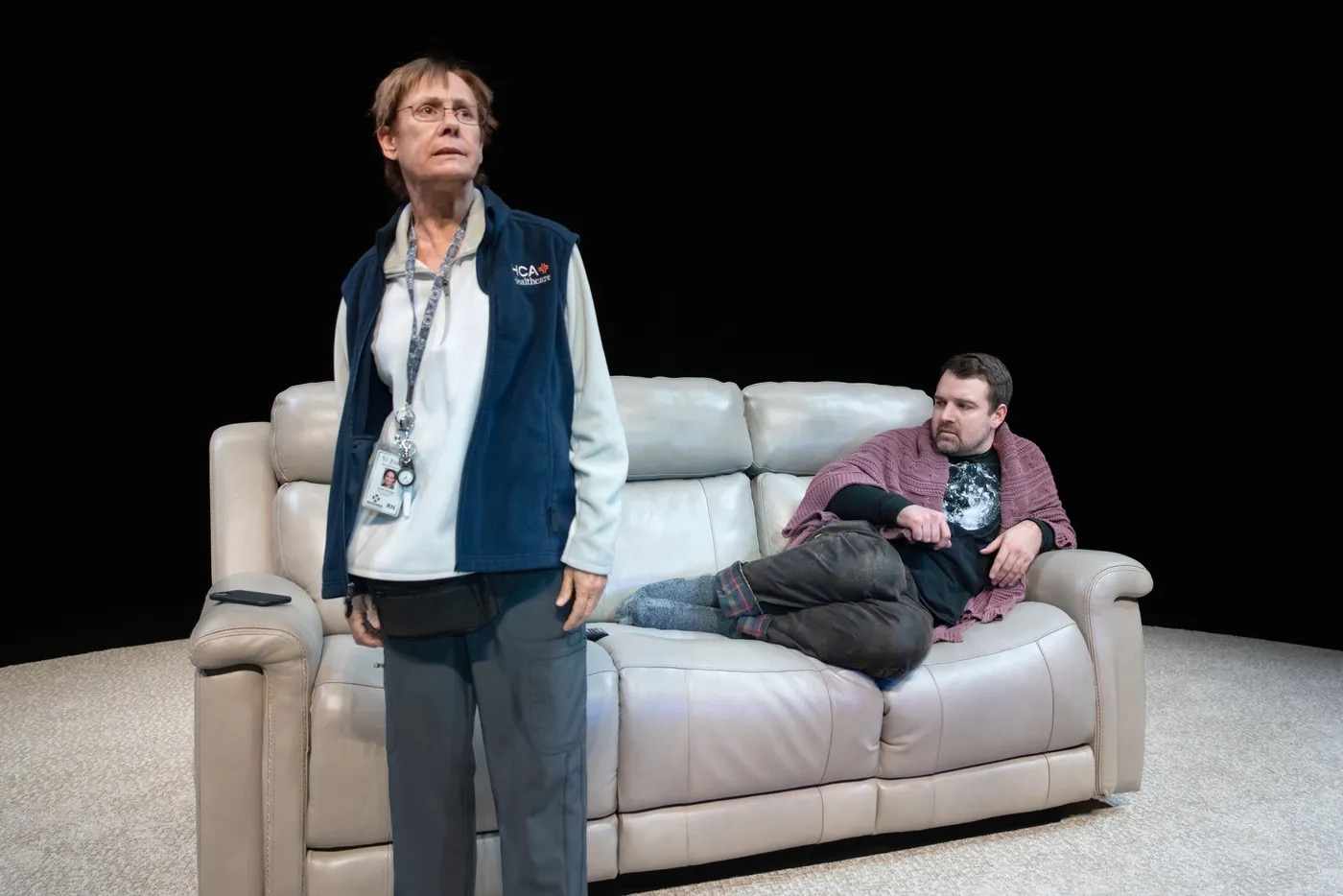
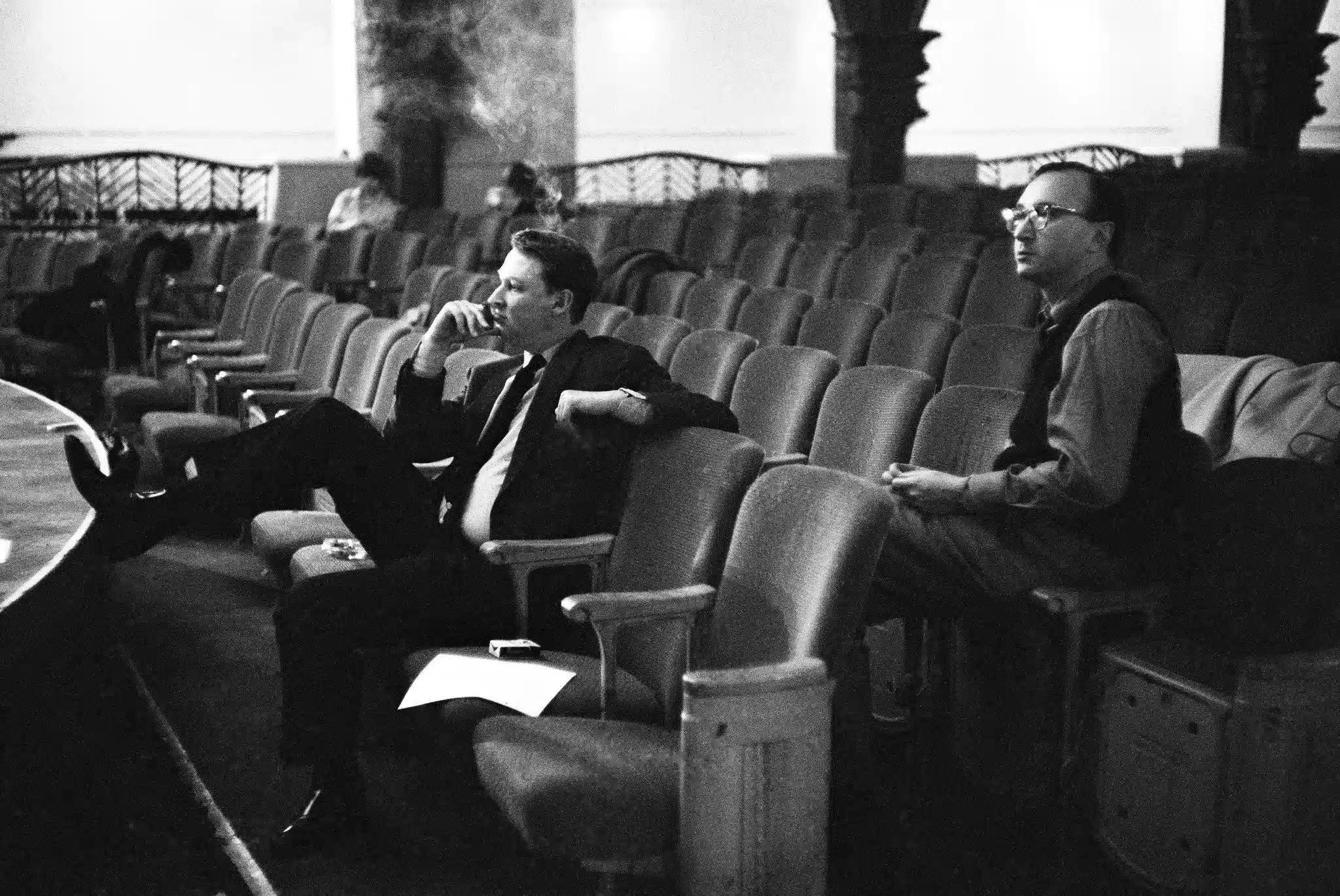

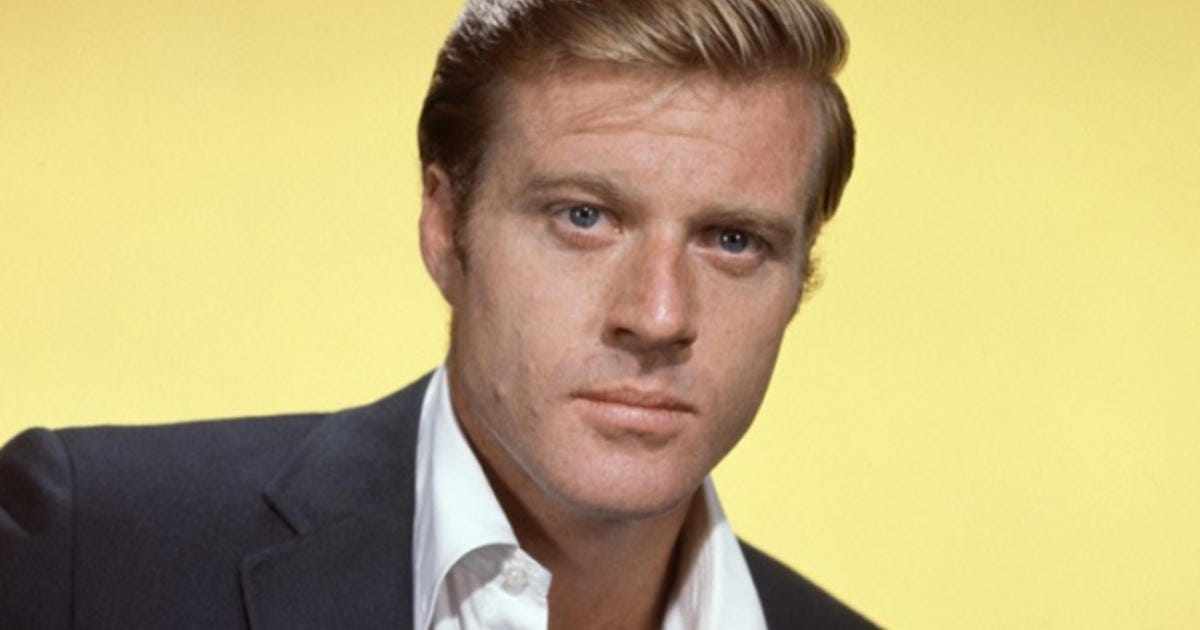
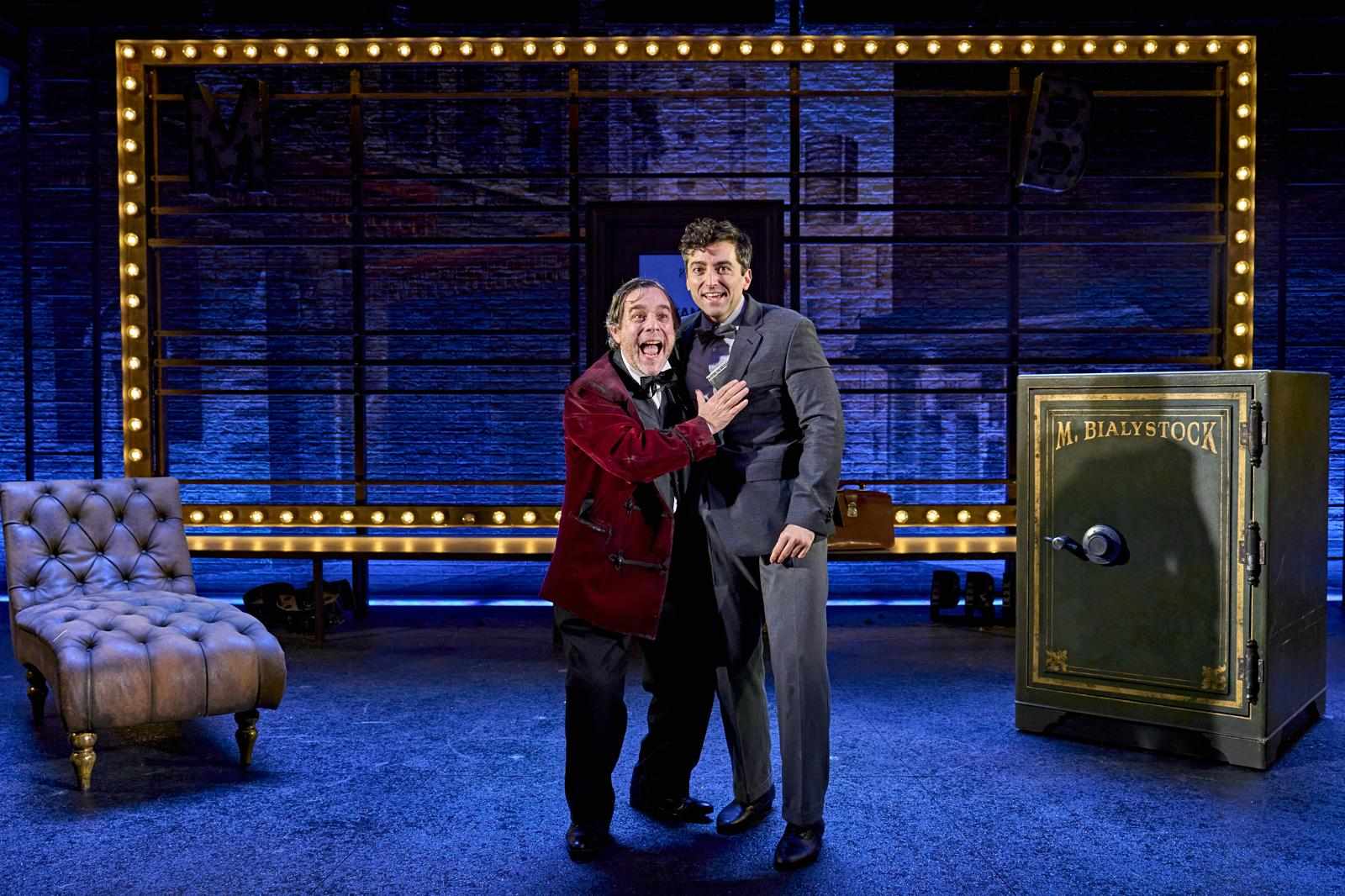
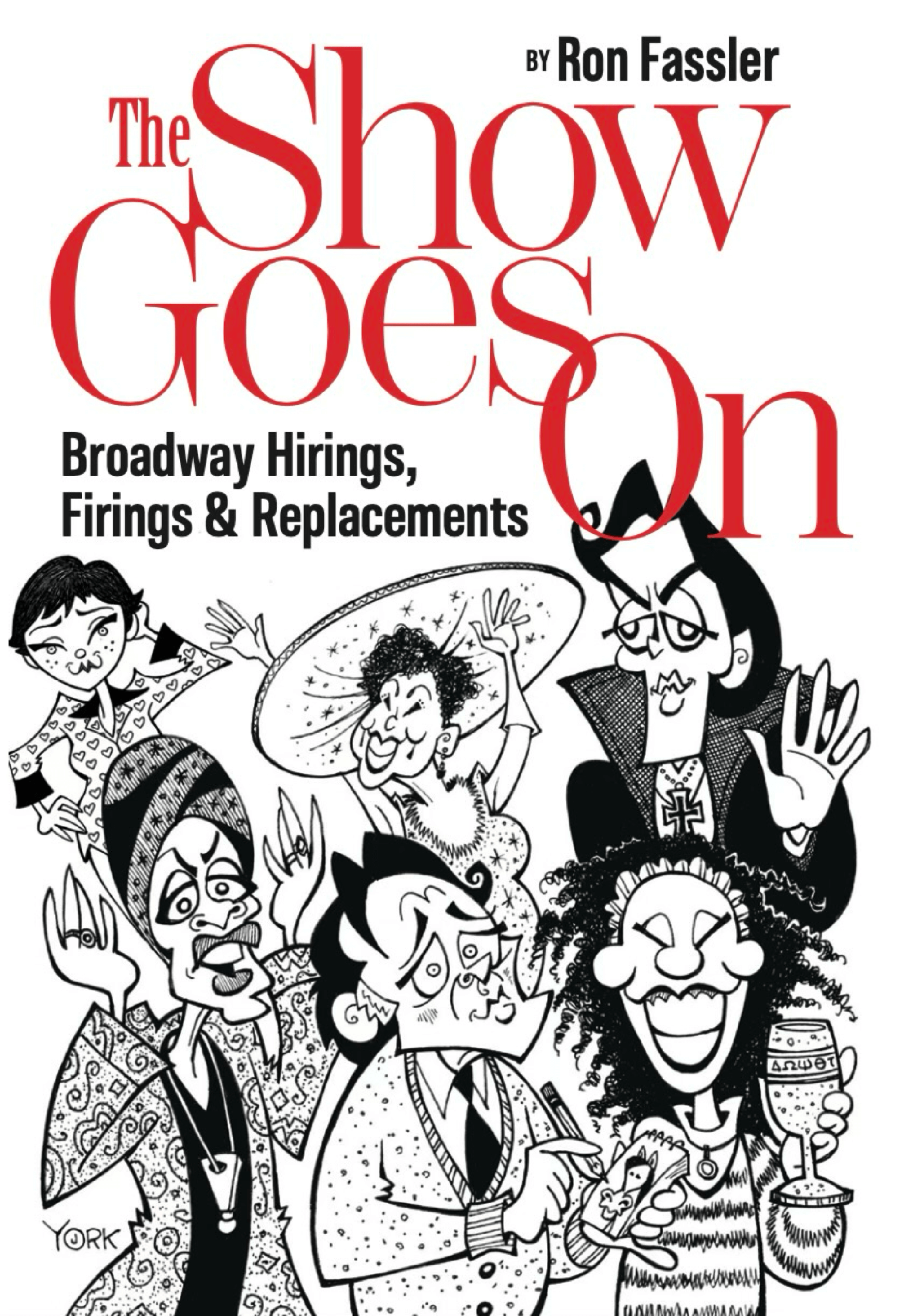
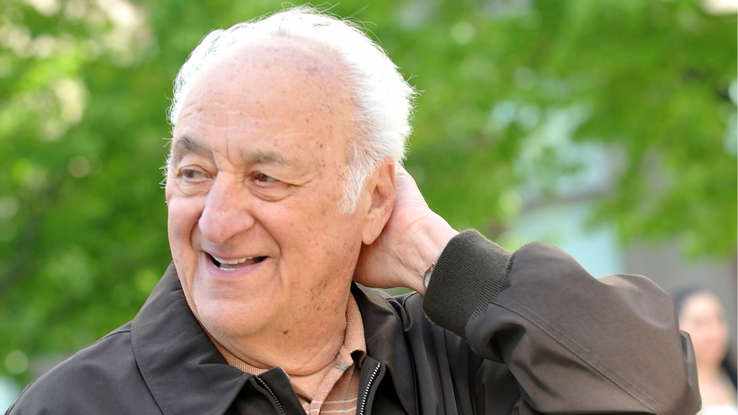
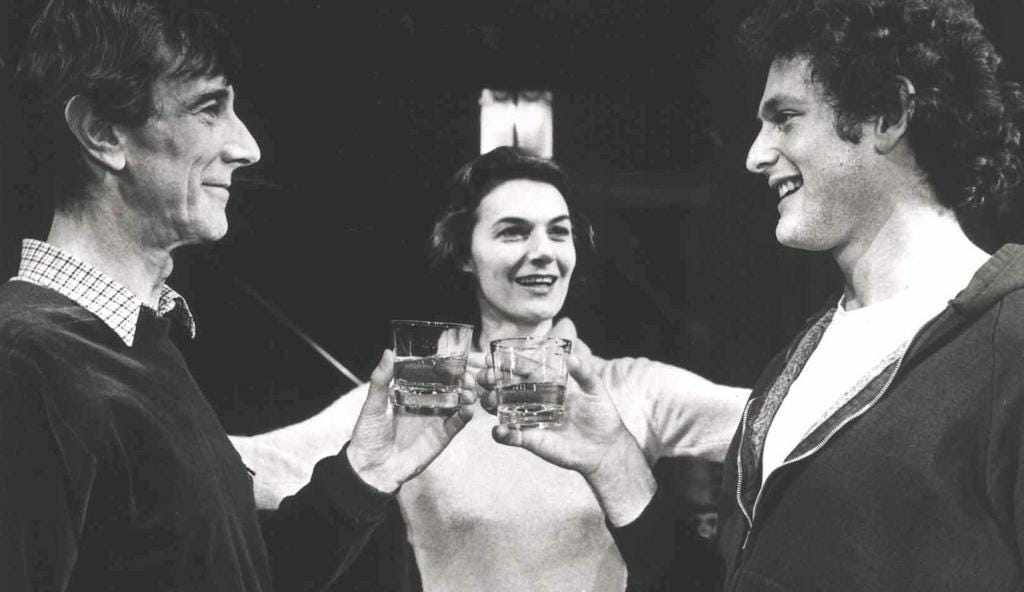








Write a comment ...